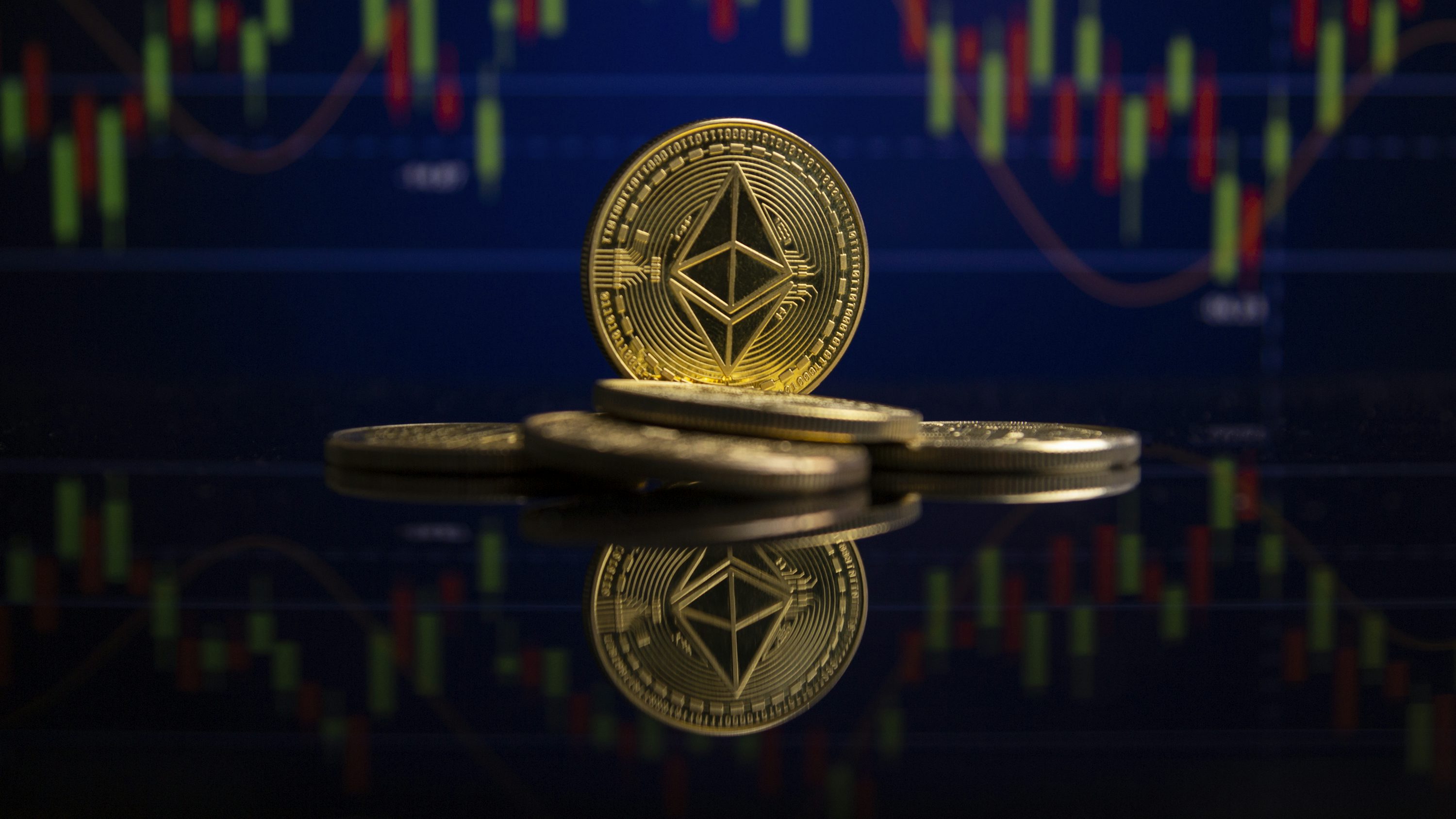Today, with the wave of digital assets sweeping the world, a new financial tool is quietly changing our traditional cognition of money, transaction and value storage, which is stable currency. As a kind of digital currency, which aims to maintain its price stability by linking with some traditional assets (usually legal tender), stable currency plays a unique role as a "safe haven" in the volatile encryption market, providing a solid foundation for the value flow in the digital world.

The emergence of stable currency is not accidental. It was born in the early cryptocurrency market, and the extreme volatility brought by barbaric growth made it difficult for digital assets to undertake the functions of daily trading and value storage. Whether paying wages in bitcoin or using Taifang for large-scale commercial settlement, the unpredictability of its price constitutes a huge obstacle. The mission of stabilizing currency is to solve this core pain point and combine the advantages of decentralization, transparency and efficiency of blockchain technology with the stability and reliability of traditional currency.
At present, there are several types of stable coins in the market. The most common type is legal tender mortgage, which guarantees its value by reserving legal tender equivalent to circulation (such as US dollar and Euro). These reserves are usually kept by professional trust institutions or banks and audited regularly to enhance transparency and credibility. Its operation mode is simple and intuitive, and it is widely accepted. The other is crypto-asset mortgage, which maintains stability by over-mortgaging other crypto-assets to cope with the liquidation risk brought by market fluctuation. Although this model is more decentralized, its inherent complexity and risk management challenges are more prominent. In addition, there is an algorithmic stable currency, which does not depend on any asset reserves, but automatically adjusts the supply through smart contracts and a set of complex economic models to maintain price anchoring. Although its design concept is full of innovation, its dependence on market expectations exposes its vulnerability in historical events.

The value of stable currency goes far beyond providing stability for the encryption market. It is becoming an indispensable part of digital financial infrastructure, bringing revolutionary changes to global payment, lending, trading and other fields. Imagine a global payment system with no national boundaries, 24 hours a day, low cost and instant payment. Stable currency makes this possible. Through the blockchain network, users can easily transfer value from one end of the world to the other without going through complicated cross-border payment processes and high intermediary fees.
In the field of decentralized finance (DeFi), stable currency plays a central role. It is the basic currency of DeFi ecosystem, through which users can participate in various financial activities such as lending, liquidity mining and trading. The stability of stable currency enables DeFi protocol to build more stable and predictable financial products, which greatly expands the application boundary of digital assets. It not only attracts encryption native users, but also begins to attract traditional financial participants seeking higher income and efficiency.

However, the future of stable currency is not smooth. Its compliance and supervision issues have always been the sword of Damocles hanging over its head. With the continuous expansion of the scale of stable currency, regulators in various countries are increasingly concerned about the financial stability risks, consumer protection and anti-money laundering that it may bring. How to establish a unified, clear and effective regulatory framework on a global scale can not only promote innovation, but also prevent risks, which is an urgent challenge for the whole industry. At the same time, technical risks, market fluctuations and centralized trust problems still exist, which need continuous attention and improvement.





